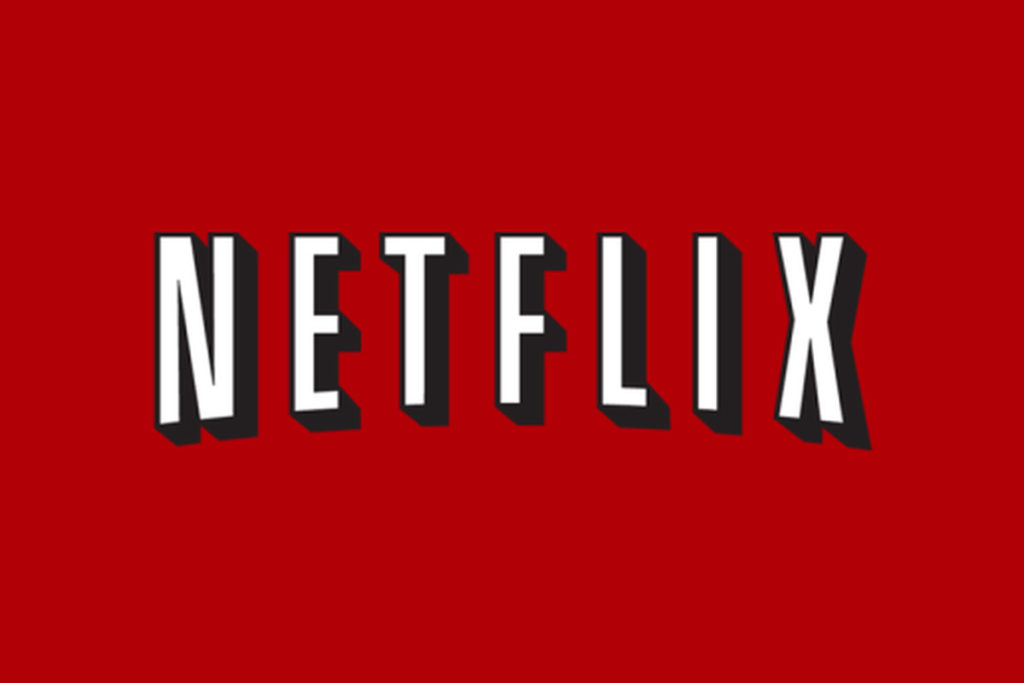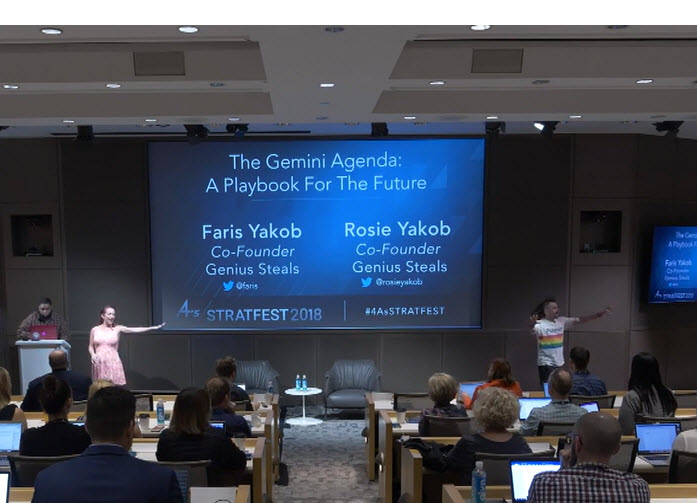It’s Good To Be Organized.
There are two powerful titles in marketing: Director of Marketing and Creative Directors. A year or so ago, prior to presenting at Cannes, Tom Morton the CSO at R/GA, asked 100 creative directors what they most wanted as input in order to make great creative. The answer was a compelling insight. Insights fuel creative.
Were one to ask 100 marketing directors what they would want in order to create the most effective brand work, I’m betting they would say an organizing principle. Maybe in not so many words, but marketing directors like order. They like predictability. Metrics and science. And that’s what an organizing principle gives them. An insight might lead to an organizing principle (for product, experience and messaging), but without organization the brand diaspora begins.
Campaigns are also big with marketing directors. Campaigns organize. But they get old. Organizing principles don’t get old.
The insight and organizing principle are the yin and yang of marketing and advertising. Healthy together. Symbiotic. A place where a little tension is good.
Peace.









